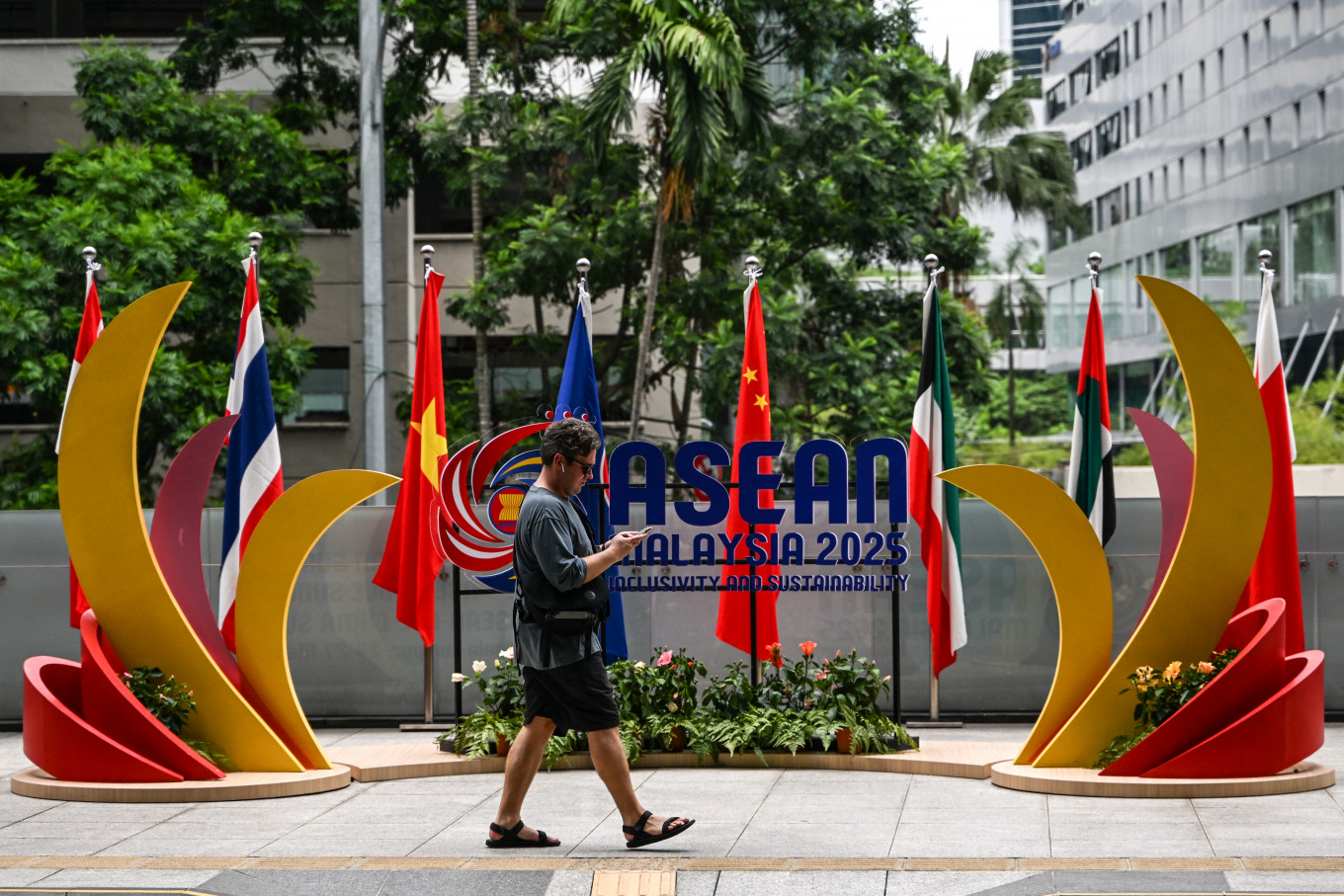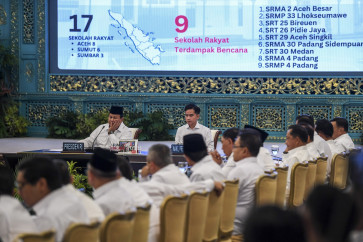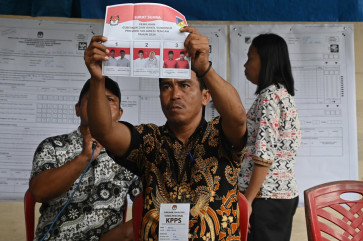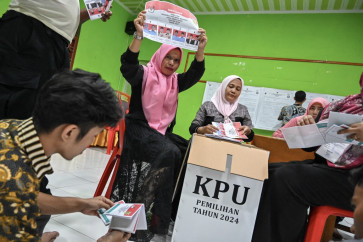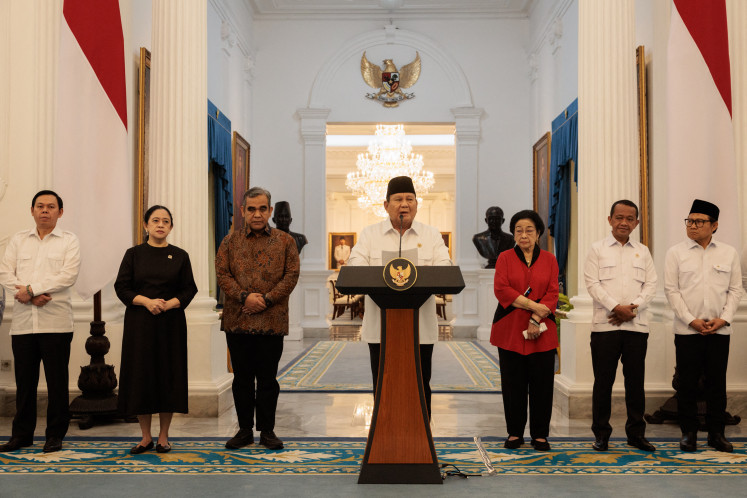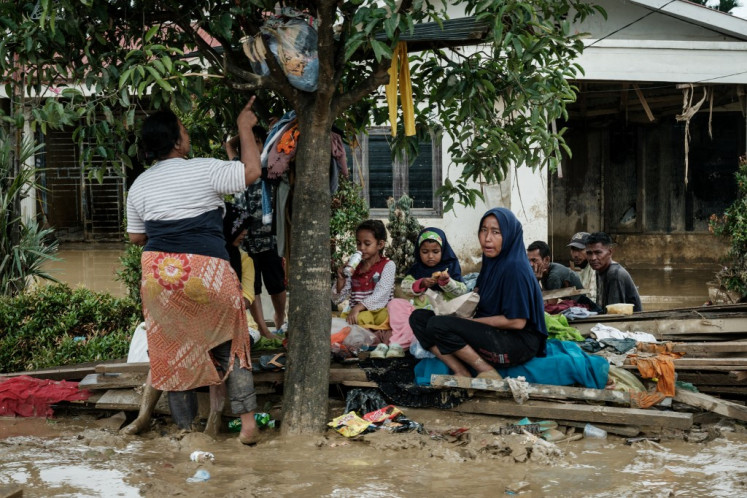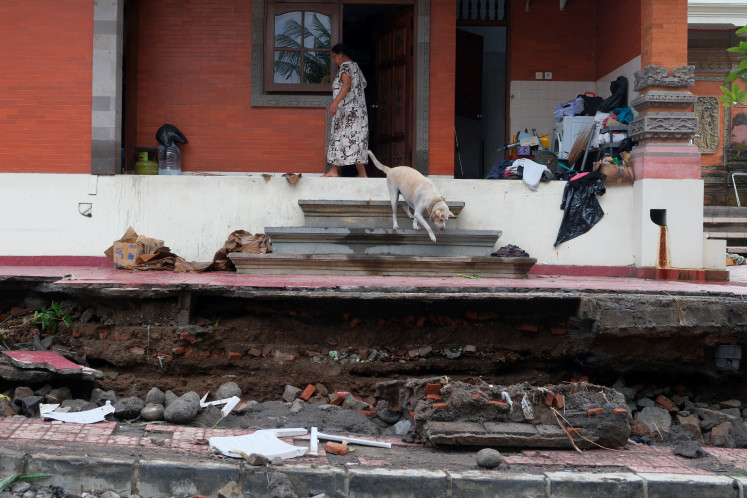Popular Reads
Top Results
Can't find what you're looking for?
View all search resultsPopular Reads
Top Results
Can't find what you're looking for?
View all search resultsASEAN’s geostrategic future depends on Timor-Leste and PNG
Jakarta cannot wait passively for Timor-Leste and PNG to “catch up”, but must proactively shepherd these nations into ASEAN’s institutional, political and economic architecture instead.
Change text size
Gift Premium Articles
to Anyone
W
hen ASEAN was founded in 1967, its vision was clear but limited in geography. It was an association built on the wreckage of colonial legacies and Cold War anxieties, a bloc designed to prevent the spread of communism and promote economic growth through regional stability.
The original five members, Indonesia, Malaysia, the Philippines, Singapore and Thailand, had neither the ambition nor the strategic clarity to look too far beyond their immediate vicinity. Noteworthy though, Tunku Abdul Rahman, the then-Malaysian prime minister did express the hope that the rest of Southeast Asia would follow suit in joining the new regional group.
But expansion of membership was very slow. ASEAN did not get its sixth member until 17 years later when Brunei Darussalam joined in 1984 immediately after its independence. The remaining four members, Vietnam, Lao PDR, Myanmar and Cambodia, mainly due to civil wars, only followed suit in the second half of the last decade of the 20th century.
But times have changed. So must ASEAN.
The pending inclusion of Timor-Leste and the future embrace of Papua New Guinea (PNG) are more than bureaucratic steps. They signal an unprecedented shift in ASEAN’s strategic geography, a move that could redefine ASEAN’s centrality and geopolitical relevance in the Indo-Pacific.
While ASEAN has always prided itself on “centrality”, the reality is that this centrality has often been more symbolic than structural. It is a centrality of convening power, ASEAN can host summits, mediate conflicts and craft joint communiqués, but it has limited capacity to shape grand strategy. That is changing.
The decision to include Timor-Leste, and eventually PNG, is not merely about formal accession. It is a civilizational and strategic reorientation, pulling ASEAN closer to the Pacific Islands Forum (PIF) and acknowledging the growing importance of the Blue Pacific Continent, a term to refer to the Pacific Island nations that are emerging as the next geopolitical battleground for influence between China, the United States, Australia and others.
This eastward expansion is unprecedented because ASEAN has never before expanded into Melanesia.
It has also never been forced to rethink its geographical definition of “Southeast Asia.” If Timor-Leste and PNG are “in”, then ASEAN’s mental and political maps must be redrawn. The archipelagic world of the east, the Timor Sea, the Solomon Sea and the Coral Triangle, must now be considered ASEAN’s eastern flank.
It is here that Indonesia’s leadership becomes essential. With Timor-Leste already on track to full membership beginning this October after enjoying observer status since 2022, and PNG expressing interest in becoming more closely affiliated with ASEAN, Jakarta’s role as the geographic and strategic anchor of the region has grown considerably.
If ASEAN is to have an eastern flank, then Indonesia is both the bridge and the gatekeeper. Indonesia’s bitter history with Timor-Leste, its once rebellious 27th province, is now a thing of the past. Its open support for the latter’s full ASEAN membership is proof of the new welcome environment.
Jakarta must not wait passively for Timor-Leste and PNG to “catch up.” Instead, it must proactively shepherd these nations into ASEAN’s institutional, political and economic architecture.
This means, first, accelerating bureaucratic capacity-building in Timor-Leste to ensure it meets the ASEAN Charter’s requirements. Second, facilitating security and development dialogues with PNG, especially on climate change, maritime security and fisheries. Third, integrating both countries into the ASEAN Connectivity agenda, particularly through the Master Plan on ASEAN Connectivity (MPAC) and the BIMP-EAGA (Brunei Darussalam–Indonesia–Malaysia–Philippines East ASEAN Growth Area) framework.
Failure to act early will turn the eastern expansion into a nominal enlargement, not a meaningful integration.
The inclusion of these two countries expands ASEAN’s geopolitical footprint in ways that few have yet appreciated. ASEAN will no longer be confined to a purely Southeast Asian theater.
With PNG’s proximity to Australia and strong Commonwealth connections, and Timor-Leste’s unique Lusophone heritage and deep links with the Pacific, ASEAN’s entry into Melanesia opens new channels of engagement, not just with China or the US, but also with the European Union, Pacific Island nations and even the African Portuguese-speaking world.
Moreover, this shift offers a chance to counterbalance external encroachments. The Indo-Pacific region is already crowded with overlapping minilateral groupings, AUKUS, the Quad, indeed even the Five Eyes Initiative. If ASEAN does not expand and deepen its relevance, it risks being bypassed.
Timor-Leste and PNG are not liabilities to be managed, they are assets to be activated.
This enlargement comes at a critical time. ASEAN’s credibility has taken a hit over its inability to act decisively on Myanmar’s political crisis, and intra-ASEAN economic integration remains sluggish, with intra-regional trade still hovering at just over 21 percent. By embracing new members, ASEAN has a chance to revitalize its narrative, from an aging bloc struggling with internal divisions to a dynamic community willing to lead in a wider regional context.
Critics will say the bloc should consolidate before expanding. But strategic timing matters. The geopolitical winds are shifting. China is courting the Pacific. The US is revitalizing its alliances. Australia is recalibrating its Pacific strategy. In this fluid environment, ASEAN cannot afford to appear static.
By moving eastward, ASEAN sends a powerful signal: It is not a museum of Southeast Asia. It is a living organism adapting to the tides of history.
The concept of an eastern flank is not simply about geography. It is about narrative. ASEAN’s future is no longer just in Jakarta, Bangkok or Kuala Lumpur. It must also be imagined in Dili and Port Moresby. It must involve joint maritime patrols in the Arafura Sea, climate resilience initiatives in low-lying island states and economic partnerships that tap into the resource-rich Pacific.
This requires a rethinking of ASEAN’s identity. It can no longer be limited to geography or culture. ASEAN must evolve into a normative and functional community, one that binds its members not by convenience or colonial legacy, but by shared interests and mutual interdependence.
In sum, the eastward shift of ASEAN is not just unprecedented, it is necessary. It drags the notion of ASEAN centrality eastward, and with it, a promise of a broader, more inclusive regional architecture. But it is a promise that must be backed by political will and institutional foresight.
Indonesia, more than any other country, holds the key. It must guide, not wait. It must build, not merely welcome. Timor-Leste and Papua New Guinea are not the periphery; they are the next frontier of ASEAN.
And if ASEAN wishes to remain relevant in the Indo-Pacific century, it must become as comfortable looking east as it once was looking inward.
***
Osman Bakar is the rector of the International Islamic University Malaysia (IIUM) and the Al-Ghazali chair of Epistemology and Civilizational Studies and Renewal at ISTAC-IIUM. Phar Kim Beng is a professor of ASEAN Studies at the IIUM.

